Discover How Stem Cell Therapy in Mexico Can Heal Your Knees Naturally
.png)
If you're dealing with persistent knee pain, stiffness, or the limitations of arthritis, you might be searching for effective, non-surgical solutions. Stem cell therapy for knees in Mexico is a rapidly growing field of regenerative medicine that offers an exciting alternative for individuals suffering from various knee conditions. This innovative treatment focuses on using specialized cells, often derived from your own body or ethically sourced, to help repair damaged cartilage, reduce inflammation, and promote healing within the knee joint. Mexico has become a leading destination for these advanced therapies, providing high-quality care with often greater accessibility and affordability than in many other countries.
For those grappling with chronic knee issues like osteoarthritis, meniscus tears, or ligament damage, finding a treatment that offers lasting relief without invasive surgery can be a game-changer. Stem cell therapy for knees in Mexico provides a non-surgical alternative focused on promoting the body's natural healing processes. The appeal of seeking this treatment in Mexico often lies in the combination of experienced medical professionals, modern facilities, and competitive pricing, making it an attractive option for medical tourists. This detailed blog post will walk you through everything you need to know about this innovative therapy, from how it works and what conditions it treats to practical considerations like safety, cost, and selecting the right clinic, ensuring you have all the information to make an informed decision about your knee health.
What is stem cell therapy for knees in Mexico?
Stem cell therapy is a form of regenerative medicine that leverages the body's innate healing mechanisms. In the context of knee treatment, it involves injecting concentrated stem cells directly into the affected knee joint. These cells possess unique properties, including the ability to differentiate into various cell types (like cartilage cells), release growth factors that stimulate tissue repair, and reduce inflammation. This approach aims to restore function, reduce pain, and potentially delay or avoid surgical interventions.
Mexico has established itself as a prominent hub for stem cell therapy, attracting international patients due to several factors. Many clinics in Mexico offer access to cutting-edge regenerative treatments that may not be readily available or are significantly more expensive in other countries. The medical infrastructure is robust, with many facilities meeting international standards and employing highly skilled physicians trained in regenerative medicine techniques.
The stem cells used in these therapies are typically Mesenchymal Stem Cells (MSCs), which can be sourced from various tissues. Common sources include the patient's own bone marrow (autologous), adipose (fat) tissue (autologous), or ethically screened umbilical cord tissue (allogeneic). The choice of source often depends on the patient's condition, clinic protocols, and physician recommendation, each offering distinct advantages in terms of cell potency and ease of harvesting.
How does stem cell therapy work for knee pain?
When stem cells are introduced into a damaged knee joint, they don't simply replace lost tissue. Instead, they act as powerful signaling cells that initiate a complex biological response. Their primary mechanisms of action involve several key processes: first, their ability to reduce inflammation, which is a major contributor to pain and tissue degradation in conditions like osteoarthritis. By dampening the inflammatory response, stem cells can alleviate discomfort and create a more conducive environment for healing.
Secondly, these cells release a multitude of growth factors, cytokines, and other bioactive molecules. This "paracrine effect" stimulates the native cells within the knee—such as chondrocytes (cartilage cells)—to regenerate and repair damaged tissues. These growth factors encourage new tissue growth, improve blood supply, and enhance the structural integrity of the joint, helping to restore its natural function over time.
Finally, Mesenchymal Stem Cells (MSCs) have immunomodulatory properties, meaning they can help regulate the immune system. In degenerative conditions, an overactive or imbalanced immune response can worsen tissue damage. By modulating this response, stem cells help to prevent further degradation and support a balanced healing process. While the stem cells themselves may not directly turn into large amounts of new cartilage, their role in stimulating the body's own repair mechanisms is crucial for long-term improvement in knee pain and mobility.
What types of knee conditions can stem cell therapy treat?
Stem cell therapy is increasingly explored as a treatment for various orthopedic conditions affecting the knee. Its regenerative and anti-inflammatory properties make it suitable for degenerative diseases and injuries that impact joint health and function. Here are some of the most common knee conditions targeted by this therapy:
- Osteoarthritis (OA): This is perhaps the most common application. Stem cells help reduce inflammation, alleviate pain, and potentially stimulate cartilage repair in knees affected by wear and tear.
- Meniscus Tears: For certain types of meniscal tears, particularly those that are not extensive or are in areas with limited blood supply, stem cells can aid in healing and regeneration, potentially avoiding surgery.
- Ligament Injuries: This includes injuries to the Anterior Cruciate Ligament (ACL), Posterior Cruciate Ligament (PCL), Medial Collateral Ligament (MCL), and Lateral Collateral Ligament (LCL). Stem cells can support the repair process and strengthen the compromised ligaments.
- Cartilage Defects: Localized areas of cartilage damage that might lead to pain and progression of arthritis can benefit from stem cell injections, encouraging the growth of new, healthier cartilage tissue.
- Patellar Tendonitis/Tendinopathy: Chronic inflammation or degeneration of the patellar tendon (jumper's knee) can be treated with stem cells to reduce pain and promote tendon healing.
- Chronic Knee Pain: For general knee pain that hasn't responded to conventional treatments, and often attributed to underlying inflammation or minor tissue damage, stem cell therapy offers a non-surgical option to find relief.
It's important to have a thorough evaluation by a qualified physician to determine if stem cell therapy is an appropriate treatment for your specific knee condition. The effectiveness can vary depending on the severity of the condition, patient age, and overall health.
Is stem cell therapy for knees in Mexico safe?
The safety of stem cell therapy for knees in Mexico is a crucial concern for patients considering this treatment. When administered by experienced, board-certified physicians in clinics that follow international medical standards, the procedure is generally considered safe. Reputable clinics prioritize patient safety through stringent protocols, including thorough patient screening, sterile environments, and precise injection techniques, often guided by ultrasound or fluoroscopy.
Many clinics in Mexico that offer regenerative medicine adhere to guidelines established by various medical bodies, both domestic and international. They often use high-quality, ethically sourced stem cells, whether autologous (from the patient's own body) or allogeneic (from screened donor sources like umbilical cord tissue). The use of autologous cells, in particular, minimizes the risk of immune rejection or adverse reactions, as the cells are genetically identical to the patient.
However, as with any medical procedure, there are inherent risks, though they are typically minimal with stem cell therapy. These can include temporary soreness, swelling, or bruising at the injection site. Serious complications like infection are rare, especially when strict sterile techniques are maintained. Patients are advised to thoroughly research clinics, verify physician credentials, and ensure transparency in their treatment plans to maximize safety and achieve the best possible outcomes.
What is the cost of stem cell therapy for knees in Mexico?
One of the primary reasons many individuals choose Mexico for stem cell therapy for knees is the significant cost savings compared to treatments in countries like the United States or Canada. While prices can vary, the average cost for a single knee treatment in Mexico generally falls within a range that is often 50-70% less than equivalent procedures north of the border. This affordability makes advanced regenerative medicine accessible to a broader patient population.
Several factors influence the overall cost of stem cell therapy in Mexico:
- Clinic Reputation and Location: Highly reputable clinics in popular medical tourism destinations may have slightly higher prices, reflecting their expertise and advanced facilities.
- Type of Stem Cells Used: The source of stem cells (e.g., bone marrow, adipose tissue, umbilical cord) can impact the cost. Allogeneic cells, which require specialized processing and screening, might differ in price from autologous cells.
- Number of Injections: Some conditions may require multiple injections or treatments, which would affect the total cost.
- Inclusions in the Package: Some clinics offer comprehensive packages that include initial consultations, diagnostic tests, the procedure itself, post-treatment follow-ups, and sometimes even travel assistance.
Here's a general comparison of estimated costs:
| Location | Estimated Cost (USD per knee) |
|---|---|
| Mexico | $5,000 - $10,000 |
| United States | $8,000 - $20,000+ |
| Canada | $8,000 - $18,000+ |
It's always recommended to get a detailed quote from your chosen clinic, ensuring clarity on what is included in the price. The lower cost in Mexico does not necessarily indicate lower quality; rather, it often reflects a different economic structure and healthcare system.
How do I choose a reputable stem cell clinic in Mexico?
Selecting the right clinic for stem cell therapy for knees in Mexico is paramount for ensuring both safety and potential efficacy. With the increasing popularity of medical tourism, it's essential to perform thorough due diligence. Here are critical factors to consider when making your choice:
- Physician Qualifications: Verify that the doctors performing the procedures are board-certified and have extensive experience in regenerative medicine and orthopedics. Look for specialists with specific training in stem cell therapies.
- Clinic Accreditation and Licensing: Ensure the clinic is properly licensed by Mexican health authorities and adheres to national and international medical standards. Some reputable clinics may also hold international accreditations, which speak to their commitment to quality care.
- Transparency in Protocols: A trustworthy clinic will be transparent about its procedures, including the source of stem cells (autologous or allogeneic), how they are processed, and the concentration of cells used. They should clearly explain the treatment plan, potential outcomes, and any risks involved.
- Patient Testimonials and Reviews: Seek out genuine patient reviews and testimonials. Websites like PlacidWay often feature patient experiences and success stories, which can provide valuable insights into a clinic's reputation and patient care quality.
- Facility Standards: The clinic should maintain a clean, sterile environment, comparable to high-standard medical facilities in developed countries. Modern equipment and state-of-the-art technology are indicators of a quality institution.
- Follow-up Care: Inquire about the post-treatment care and follow-up protocols. A good clinic will provide clear instructions for recovery and schedule subsequent consultations to monitor your progress.
Don't hesitate to ask detailed questions about their practices, success rates, and what support they offer to international patients. A reputable clinic will be open and willing to provide all necessary information to help you make an informed decision.
What should I expect during a stem cell therapy procedure for knees?
Undergoing stem cell therapy for knees in Mexico typically follows a structured process designed to ensure patient comfort and optimal treatment delivery. The journey usually begins with a comprehensive initial consultation. During this phase, the physician will review your medical history, conduct a physical examination, and evaluate any previous imaging (X-rays, MRIs) to determine if you are a suitable candidate for the therapy. This is also your opportunity to ask questions and discuss your expectations.
The next step involves the preparation of the stem cells. If you are receiving autologous cells (from your own body), the process will include a minor harvesting procedure. For bone marrow-derived stem cells, a small amount of bone marrow is usually extracted from the hip bone. For adipose-derived stem cells, a mini-liposuction procedure is performed to collect fat tissue. These harvested tissues are then processed in a specialized laboratory within the clinic to concentrate the stem cells, which takes a few hours.
Once the stem cells are prepared, the main procedure, the injection, takes place. The physician will sterilize the knee area and then, using precise imaging guidance—such as ultrasound or fluoroscopy—carefully inject the concentrated stem cells directly into the affected parts of the knee joint. This guidance ensures accurate placement of the cells for maximum effectiveness. The injection itself is typically well-tolerated, with local anesthesia used to minimize discomfort. After the injection, you'll receive post-procedure instructions, which often include a period of rest and activity modifications.
What are the benefits of choosing Mexico for stem cell therapy?
Mexico has emerged as a preferred destination for medical tourism, particularly for specialized treatments like stem cell therapy for knees. The combination of several compelling advantages makes it an attractive option for patients worldwide:
- Cost-Effectiveness: As discussed, the cost of stem cell therapy in Mexico is significantly lower than in many Western countries, making advanced treatments more financially accessible without compromising quality.
- Access to Advanced Therapies: Mexican clinics often adopt innovative regenerative medicine techniques and technologies that may still be in various stages of approval or less widely available elsewhere. Patients can access a broader range of cutting-edge treatments.
- Reduced Waiting Times: In many countries, patients face long waiting lists for specialist consultations or specific medical procedures. Mexico typically offers much shorter waiting times, allowing patients to receive treatment promptly and begin their healing journey sooner.
- Experienced Medical Specialists: Mexico boasts a growing number of highly trained and experienced physicians specializing in regenerative medicine, many of whom have international training and certifications. These experts are dedicated to providing personalized and effective care.
- Proximity and Travel Convenience: For patients from the United States and Canada, Mexico offers convenient travel options, often requiring only short flights. This proximity reduces travel stress and costs, making the entire medical journey more manageable.
- Quality Facilities: Many Mexican clinics and hospitals cater to international patients, offering modern facilities, state-of-the-art equipment, and amenities designed for comfort and recovery.
Beyond the medical benefits, patients often appreciate the opportunity to combine their treatment with a relaxing recovery period in a new environment, enhancing the overall experience of seeking care abroad. This holistic approach to wellness adds to Mexico's appeal as a top medical tourism destination.
Are there any risks or side effects associated with stem cell therapy?
As with any medical intervention, stem cell therapy for knees carries some potential risks and side effects, though it is generally considered a low-risk procedure, especially compared to invasive surgeries. The most common side effects are usually mild and temporary:
- Injection Site Discomfort: Patients may experience some temporary pain, soreness, bruising, or swelling at the injection site in the knee. This typically resolves within a few days and can be managed with over-the-counter pain relievers and ice packs.
- Discomfort from Cell Harvesting (if autologous): If stem cells are harvested from your bone marrow or fat tissue, you might experience minor pain, bruising, or soreness at the donor site.
- Temporary Flare-up: Some patients report a temporary increase in knee pain or stiffness immediately after the injection as the body begins its healing response.
More serious complications are rare but include:
- Infection: Any injection carries a small risk of infection. Reputable clinics maintain strict sterile protocols to minimize this risk.
- Allergic Reaction: Though uncommon, especially with autologous cells, an allergic reaction to anesthetic or other components used during the procedure is possible.
- Nerve or Tissue Damage: While rare, improper injection technique could potentially damage surrounding nerves or tissues. This risk is greatly reduced when the procedure is performed by experienced physicians using imaging guidance.
The overall safety profile of stem cell therapy is favorable when performed by qualified professionals in accredited facilities. It's crucial to discuss all potential risks and benefits with your physician before undergoing treatment to ensure it's the right choice for your individual health situation.
What is the recovery process like after knee stem cell therapy?
One of the appealing aspects of stem cell therapy for knees is the relatively straightforward and less restrictive recovery process compared to surgical interventions. Immediately after the procedure, patients are usually advised to rest and limit strenuous activities involving the knee for a few days to allow the injected cells to settle and begin their work. You might experience mild swelling or discomfort, which can be managed with ice and prescribed pain medication, if necessary.
Over the following weeks, your physician will likely recommend a gradual return to normal activities. Depending on your specific condition and the clinic's protocol, you may be advised to begin a gentle physical therapy program. Physical therapy plays a vital role in strengthening the muscles around the knee, improving range of motion, and supporting the regenerative process initiated by the stem cells. It helps optimize the healing environment and maximize the benefits of the treatment.
Improvements from stem cell therapy are typically not immediate. Patients often begin to notice a reduction in pain and improved function over several weeks to a few months, with optimal results sometimes appearing 3 to 6 months after the injection. The regenerative process takes time, as the cells work to reduce inflammation, promote tissue repair, and modulate healing. Regular follow-up appointments with your clinic will help monitor your progress and make any necessary adjustments to your recovery plan, ensuring you get the most out of your knee stem cell therapy.
Ready to explore advanced treatment options for your knee pain? Discover how stem cell therapy for knees in Mexico could be a solution for you. Visit PlacidWay to connect with leading clinics and find personalized medical tourism packages tailored to your healthcare needs.


.png)
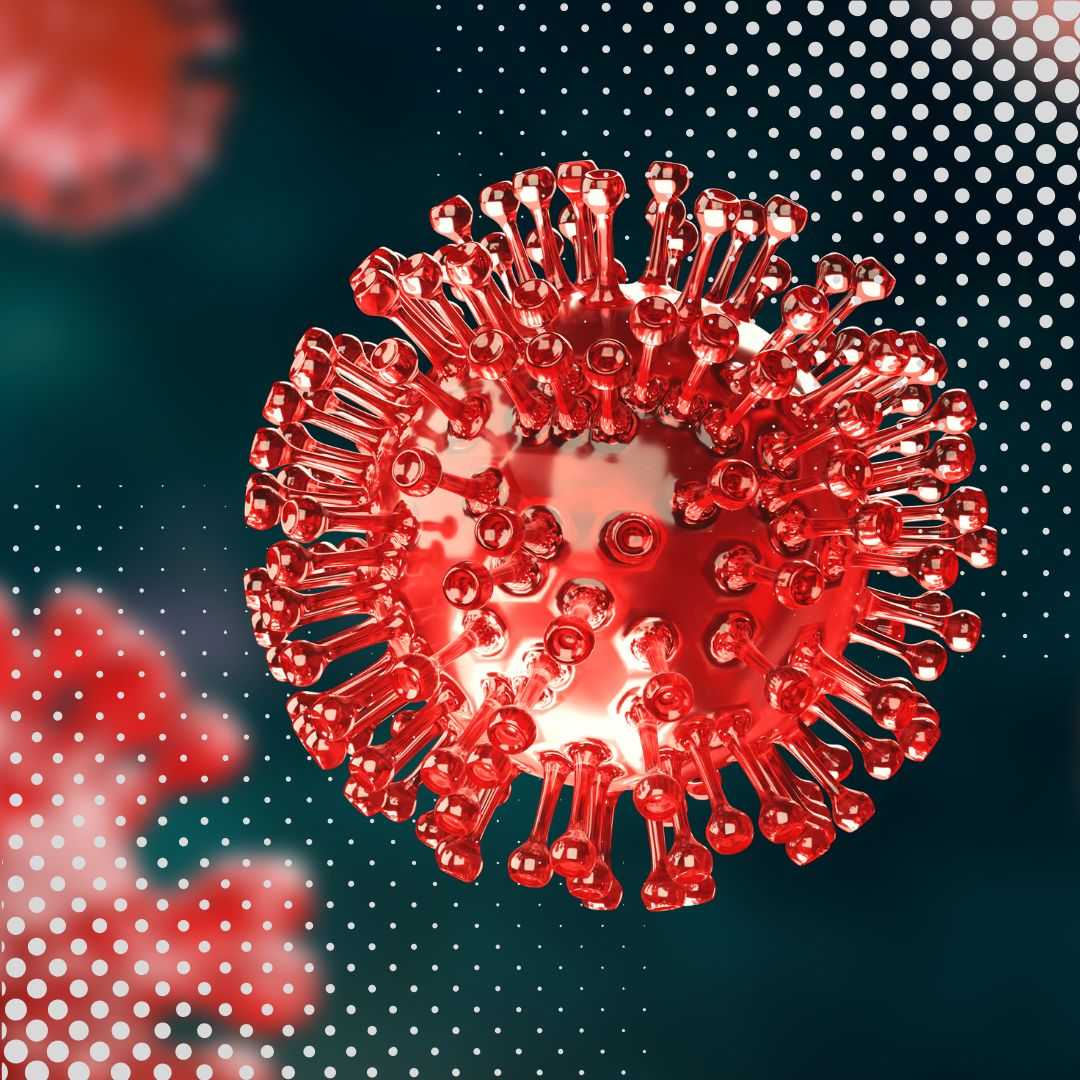
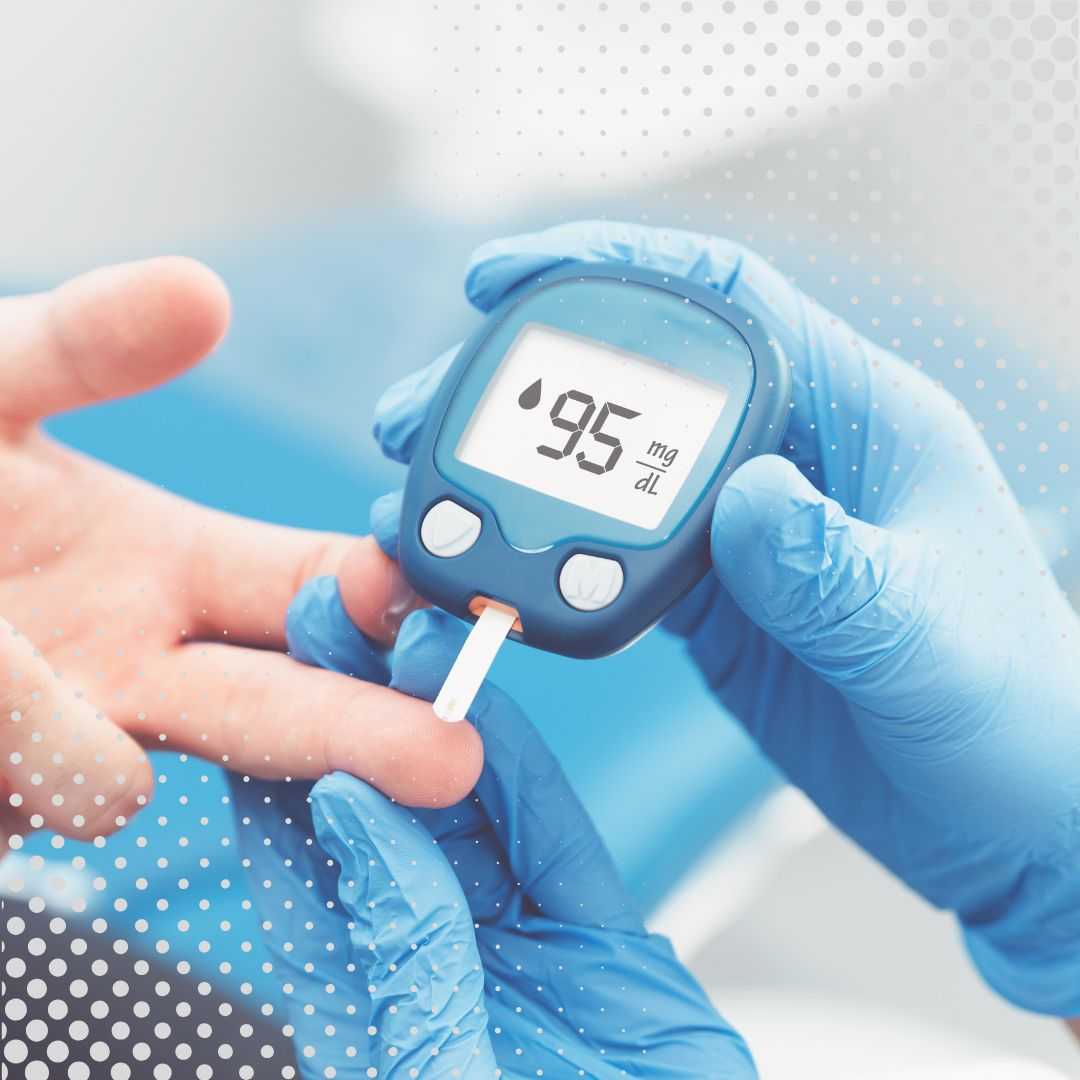



.jpg)
.png)
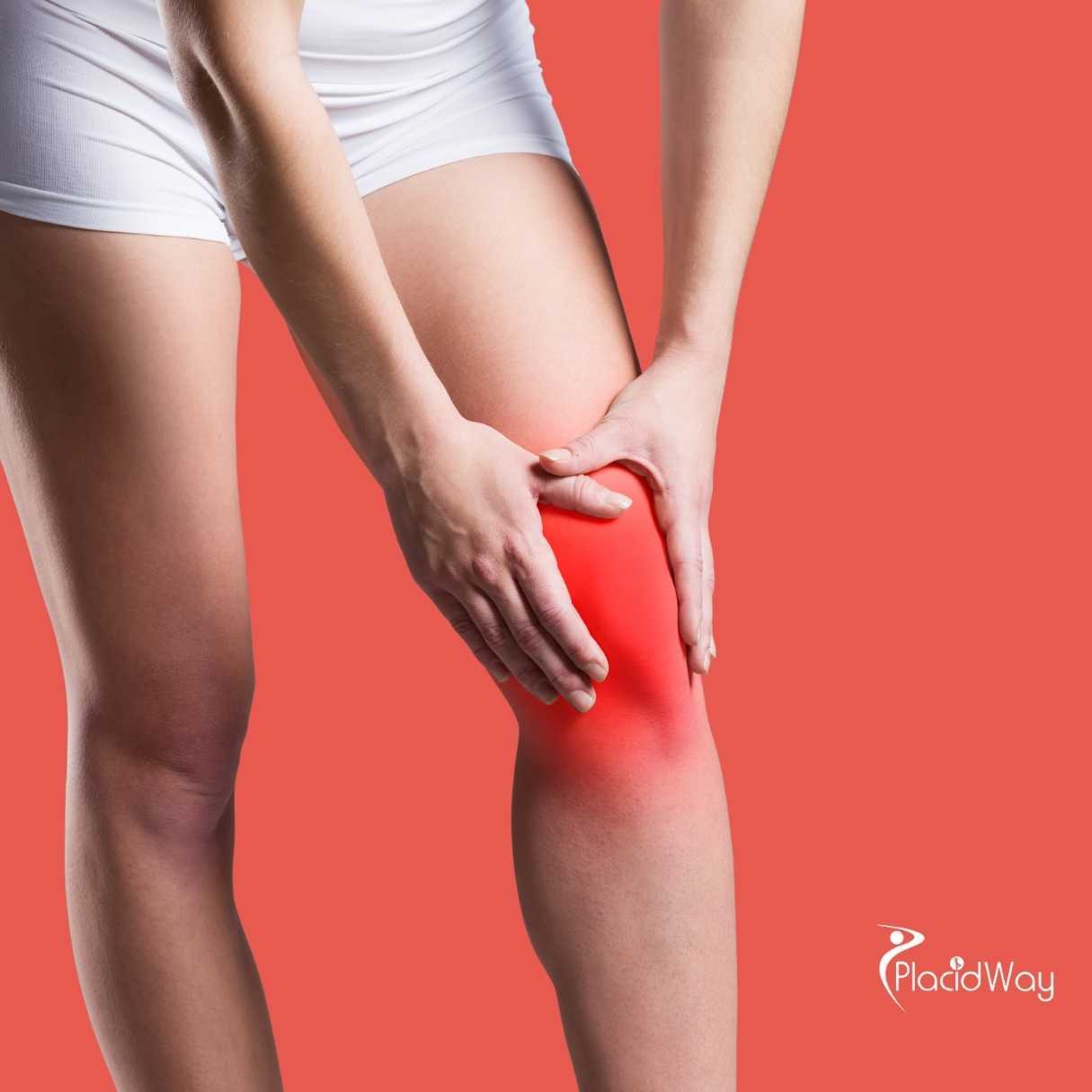
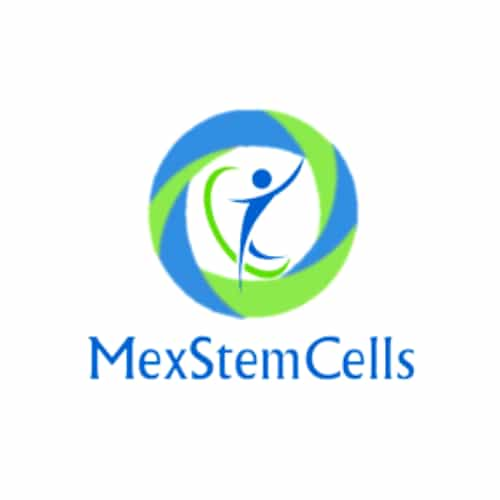
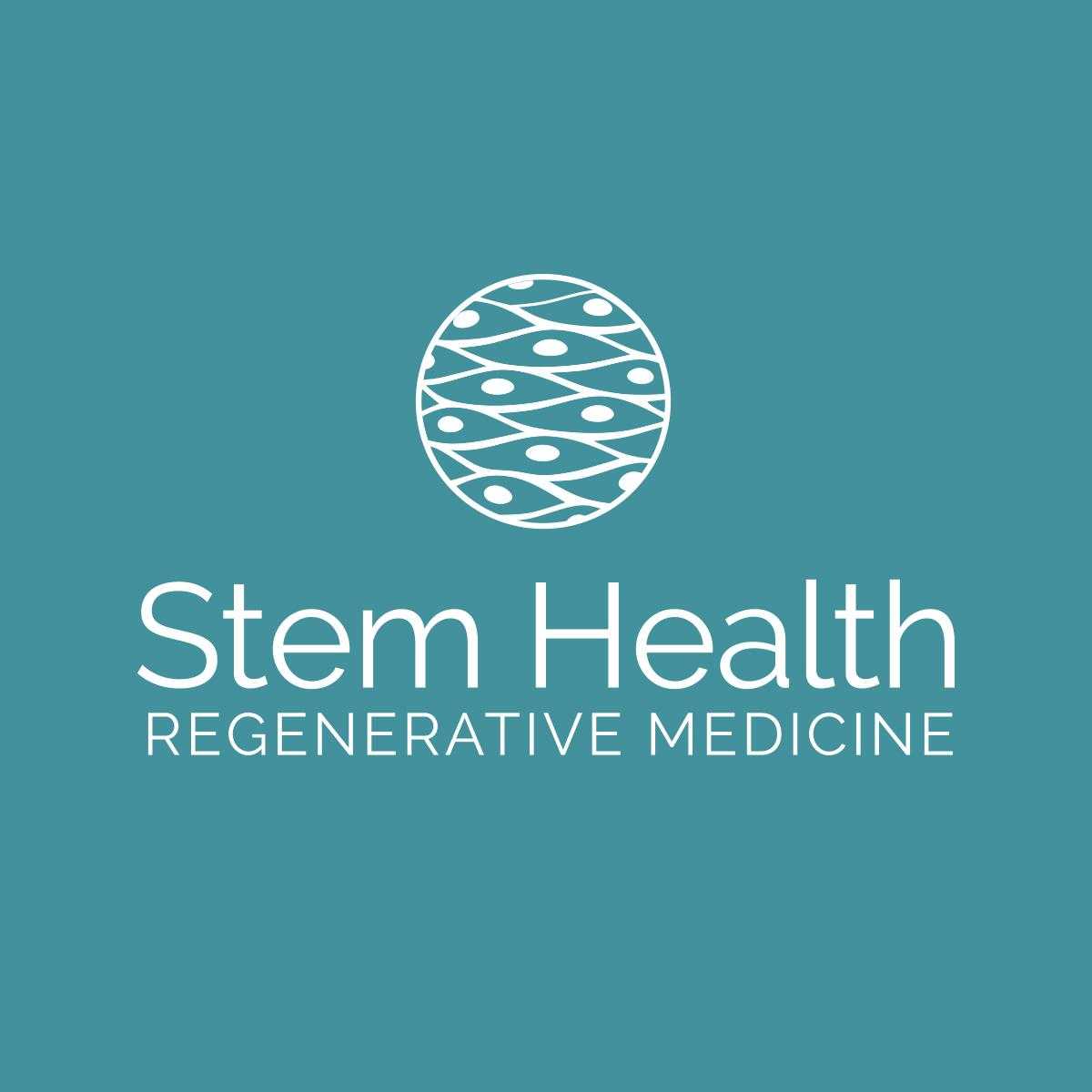

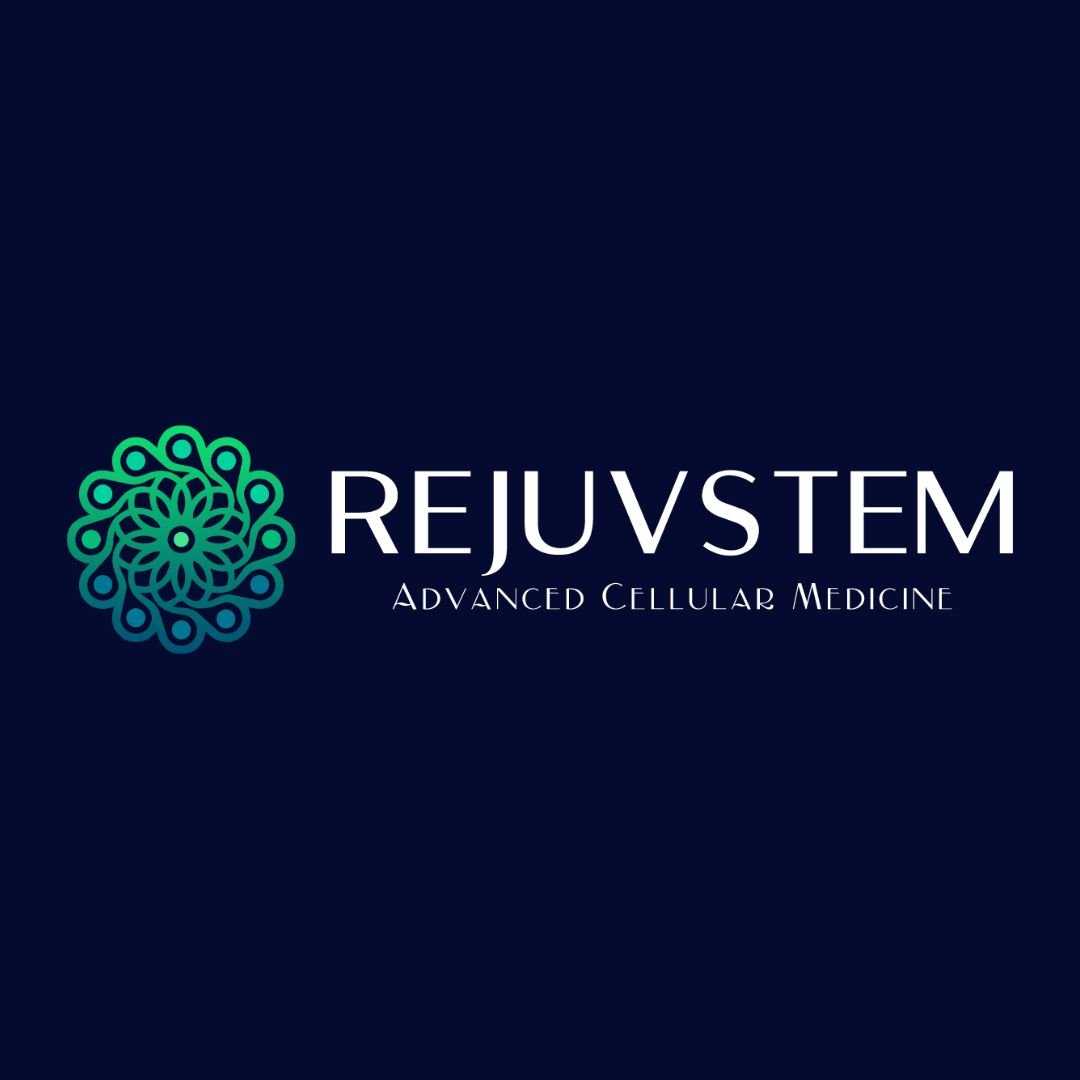


Share this listing